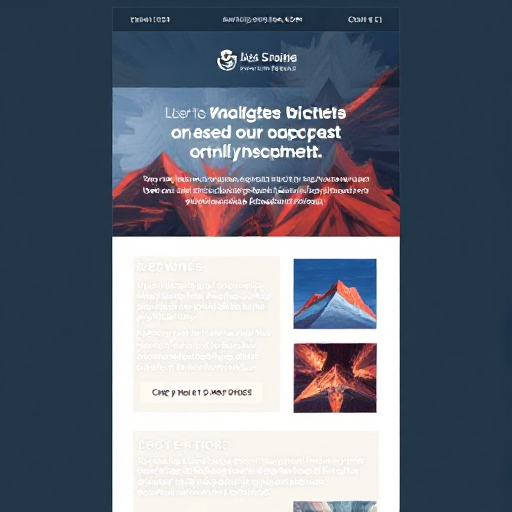Content Curation: Adding Value With Less Effort
Content curation has become a cornerstone of effective content marketing strategies, enabling businesses to provide valuable information to their audience without the need for creating original content from scratch. In this detailed article, we will explore what content curation entails, its benefits for businesses, practical tips for effective curation, tools to streamline the process, and real-world examples of successful implementations.
What is Content Curation?
Content curation refers to the process of discovering, gathering, organizing, and sharing relevant and high-quality content from external sources with your audience. Instead of creating new content, curators sift through a vast amount of existing content to find pieces that resonate with their audience’s interests and add value to their knowledge base.
Benefits of Content Curation
Content curation offers several advantages for businesses looking to enhance their content marketing efforts:
1. Time Efficiency: Curating content allows businesses to share valuable information with their audience quickly without investing significant time and resources in content creation.
2. Establishing Authority: By consistently sharing valuable and relevant content, businesses can position themselves as knowledgeable authorities in their industry or niche.
3. Enhancing Engagement: Curated content that resonates with your audience’s interests can drive higher engagement rates, as it addresses their needs and preferences effectively.
4. SEO Benefits: Regularly curating high-quality content from reputable sources can improve SEO by diversifying content types and linking to authoritative sources.
Practical Tips for Effective Content Curation
To leverage content curation effectively, consider the following tips:
1. Define Your Audience and Goals: Understand your target audience’s interests, preferences, and informational needs. Define clear goals for your content curation efforts, such as educating your audience, sparking discussions, or providing industry insights.
2. Source Reliable and Diverse Content: Curate content from reputable sources that align with your brand values and audience expectations. Ensure diversity in content types (articles, videos, infographics) to cater to different preferences.
3. Add Value Through Commentary: Provide context, insights, or commentary alongside curated content to add value and showcase your expertise. Explain why the content is relevant or how it relates to current trends or industry developments.
4. Maintain Consistency: Establish a regular schedule for content curation, whether daily, weekly, or monthly. Consistency helps build trust with your audience and keeps them engaged over time.
5. Credit and Attribute Sources: Always attribute content to the original source by linking back to the original article or mentioning the creator. This not only gives proper credit but also establishes transparency and credibility.
Tools to Streamline Content Curation
Several tools and platforms can streamline the content curation process:
1. Feedly: Allows you to aggregate and organize content from multiple sources into personalized feeds based on your interests.
2. Pocket: Lets you save articles, videos, and webpages for later viewing across devices, making it easy to curate content on the go.
3. Curata: Offers content curation software that helps you discover, organize, and share relevant content with your audience.
4. Buffer: Enables you to schedule and share curated content across multiple social media platforms, saving time and ensuring consistent posting.
5. Flipboard: Curates content based on your interests into digital magazines, providing a visually appealing way to discover and share curated content.
Real-World Examples of Successful Content Curation
Many brands effectively use content curation to engage their audience and drive meaningful interactions:
HubSpot: Curates industry news, marketing tips, and resources from various sources, positioning itself as a thought leader in inbound marketing.
Moz: Curates SEO and digital marketing articles, tools, and updates to educate its audience and provide actionable insights.
Brain Pickings: Curates thought-provoking articles, essays, and books related to creativity, literature, and philosophy, appealing to intellectually curious readers.
Challenges and Considerations
While content curation offers numerous benefits, businesses should be mindful of potential challenges:
Quality Control: Ensure curated content meets high standards of relevance, accuracy, and credibility to maintain audience trust.
Copyright and Attribution: Adhere to copyright laws and obtain permission when necessary to use and share curated content legally.
Balancing Original and Curated Content: Strive for a balance between curated content and original content to maintain a unique brand voice and perspective.
Content curation is a valuable strategy for businesses seeking to provide valuable information, establish authority, and engage their audience effectively. By understanding your audience’s interests, curating high-quality content from diverse sources, adding value through commentary, and leveraging automation tools, you can enhance your content marketing efforts with less effort and resources. Embrace content curation as a strategic component of your marketing strategy to foster engagement, build trust, and achieve long-term success in your industry or niche.
For more information, email admin@1dollarcreatives.com.







